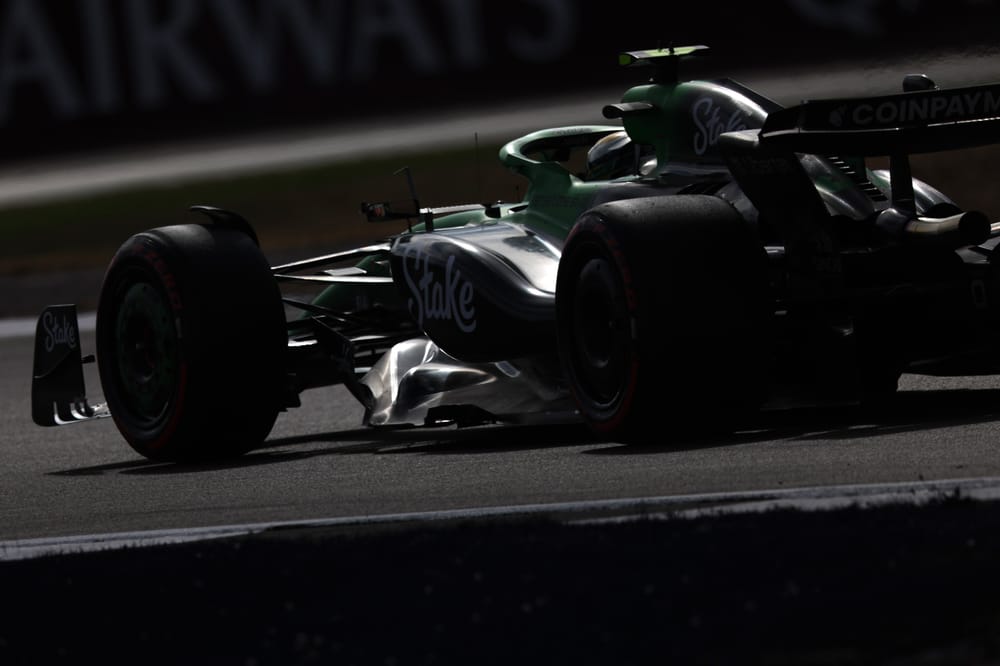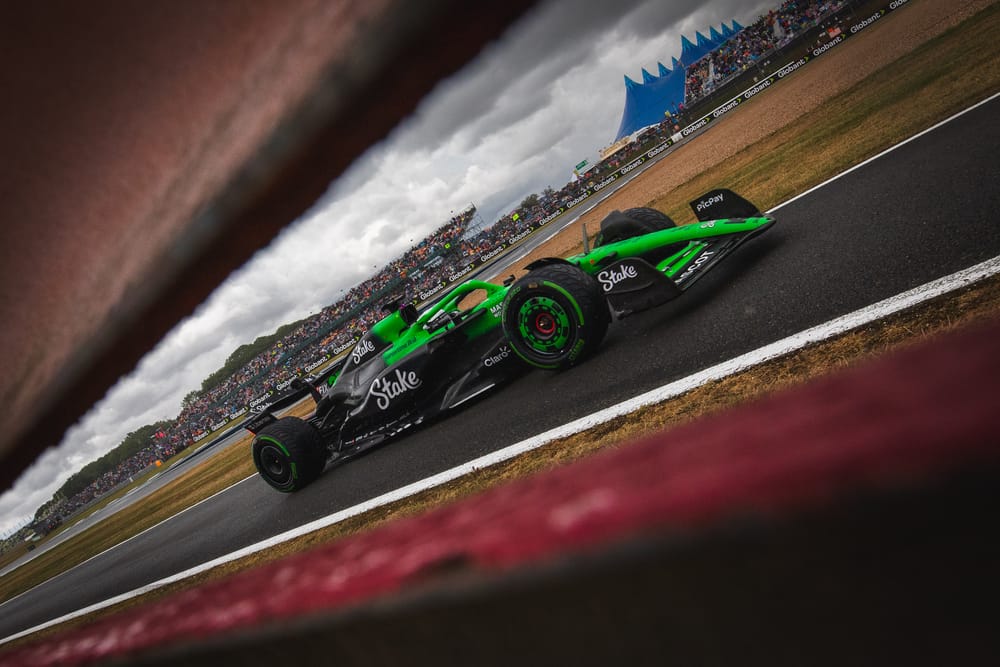Some Formula 1 rookies are up in lights from the start, while others, like Gabriel Bortoleto, toil in the shadows.
His first half-season has been low-profile, with team-mate Nico Hulkenberg hogging the Sauber headlines and fellow newcomers Kimi Antonelli, Isack Hadjar and Ollie Bearman all getting more airtime.
Coverage, however, is not always commensurate with class and the reigning Formula 2 champion has made a stronger start than many realise.
The Red Bull Ring/Silverstone double-header showcased the extremes of Bortoleto's campaign. The 20-year-old Brazilian bagged his first points with eighth place in Austria after a maiden Q3 appearance.
He followed up in Britain with a high-speed spin in FP3 that damaged the front-left suspension and floor. Then he dropped it at the exit of Abbey and backed into the wall after being "a bit too optimistic on power" on lap four of the race while on slicks in the wet.
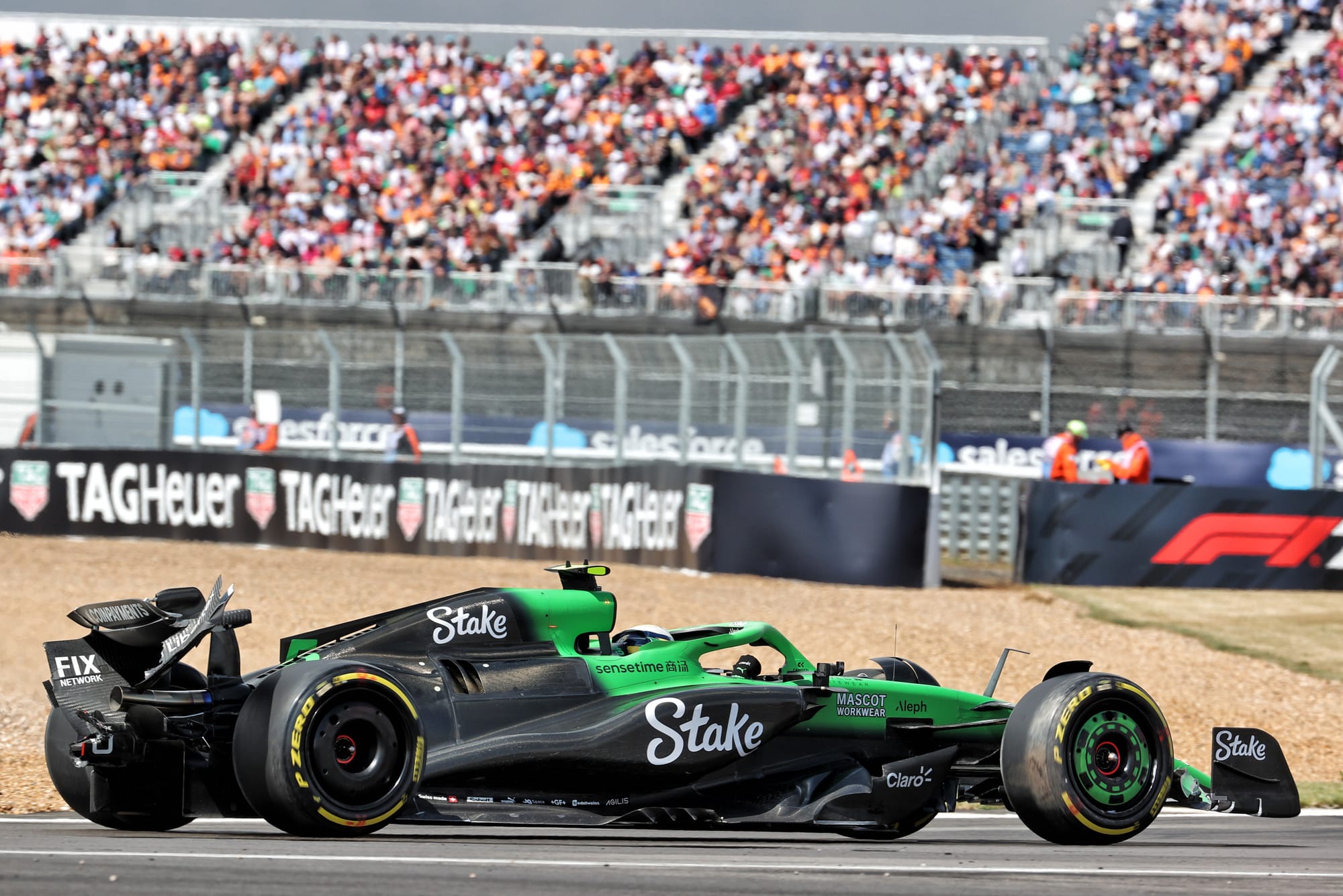
Hulkenberg vs Bortoleto in F1 2025 so far
Qualifying head-to-head: Hulkenberg 7 - 7 Bortoleto
Race head-to-head: Hulkenberg 6 - 4 Bortoleto
Average gap: Hulkenberg ahead by 0.029s
Points: Hulkenberg 37 - 4 Bortoleto
There's more to Bortoleto's 12-event F1 career than the superficially unremarkable results that cluster in the teens outside of Austria.
He's compared well performance-wise to the vastly experienced benchmark of Hulkenberg. It has been nip-and-tuck in qualifying, and although Hulkenberg's results, particularly the Silverstone podium, have dwarfed Bortoleto's, strategy and fortune have sometimes been against the rookie.
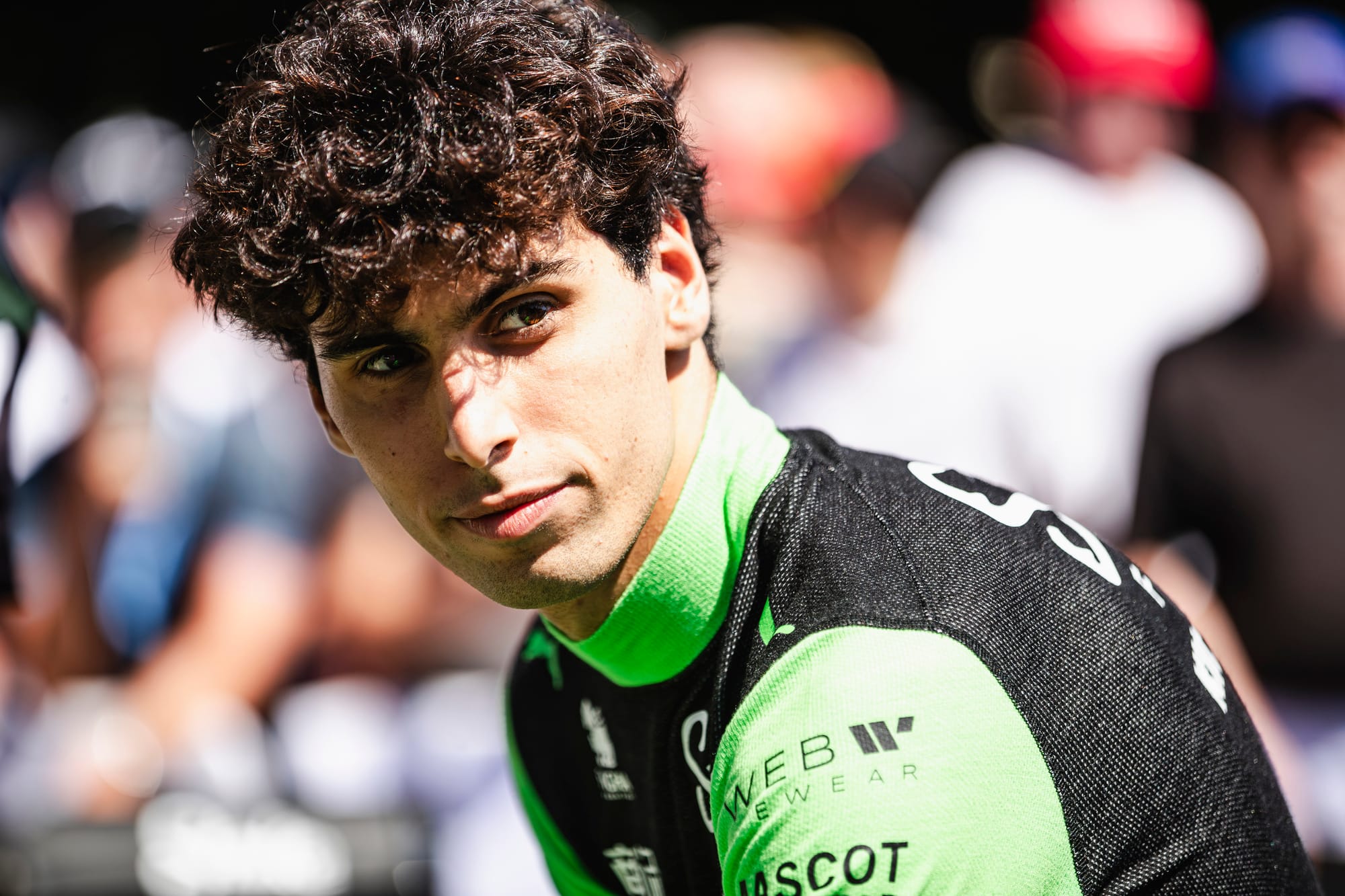
That's why it’s so easy to overlook the job he's doing.
"This is very common," Bortoleto tells The Race when asked about the risk of his performances not being recognised.
"If I had a car that finished in the top three every single race and I was third, people would say, 'Oh, in his rookie season he's finishing third every single round, he's doing an amazing job', but maybe I would not be doing an amazing job.
"Sometimes, you are doing an amazing job - and I'm not saying that's me - but the maximum you can achieve is a P16 or a P17 and you extracted everything from the car.
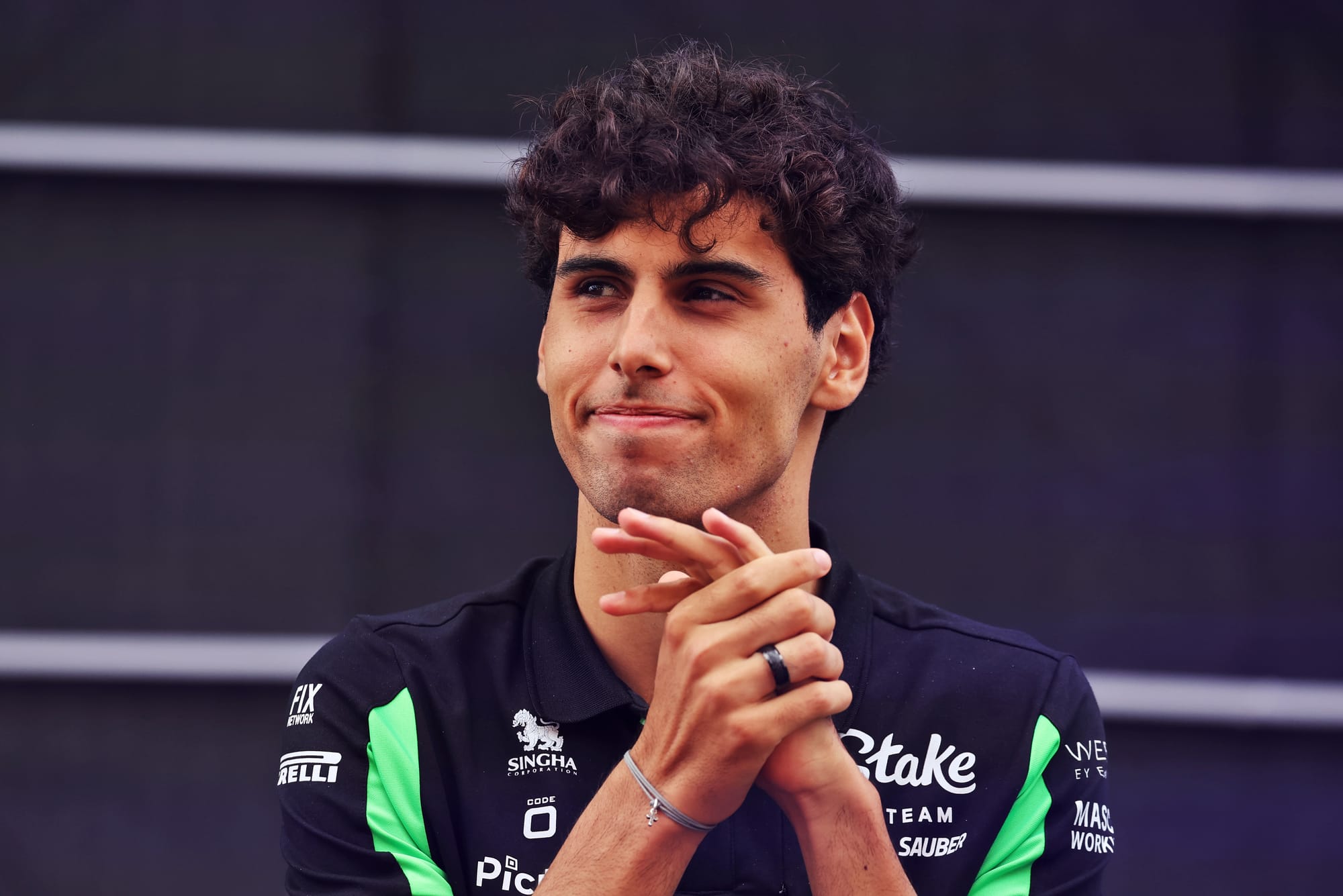
"People don’t see it because it's [towards] the back and don't understand what you're doing with the car you have. That's why it's important to have a car that's competitive and can score points.
"I don't need to prove anything to anyone.
"The only people I need to prove things to are those in the team and they all appreciate this.
"They have seen since the beginning of the year what the potential is, and the progress, the pace. It's always nice to be recognised because you are doing a good job, scoring points [in Austria] was very good for the confidence of the team."
Points can be a particularly unreliable witness down the field, so the 37-4 advantage Hulkenberg has over Bortoleto doesn't accurately reflect their relative performance.
In qualifying, it's near as makes no difference dead-level with the head-to-head at 7-7, including sprints, and the average adjusted advantage for Hulkenberg is a slender 0.029s.
Bortoleto is on a steep learning curve in adapting to this esoteric generation of F1 cars. But as a broad trend, he's been impressive in fast corners and often, but not always, tended towards a slightly later-braking, more-attacking style in slower corners.
Hulkenberg uses his earlier braking style to keep the mechanical platform of the car in the right window for aerodynamic effect, which is the approach that the quickest drivers in these machines generally take.
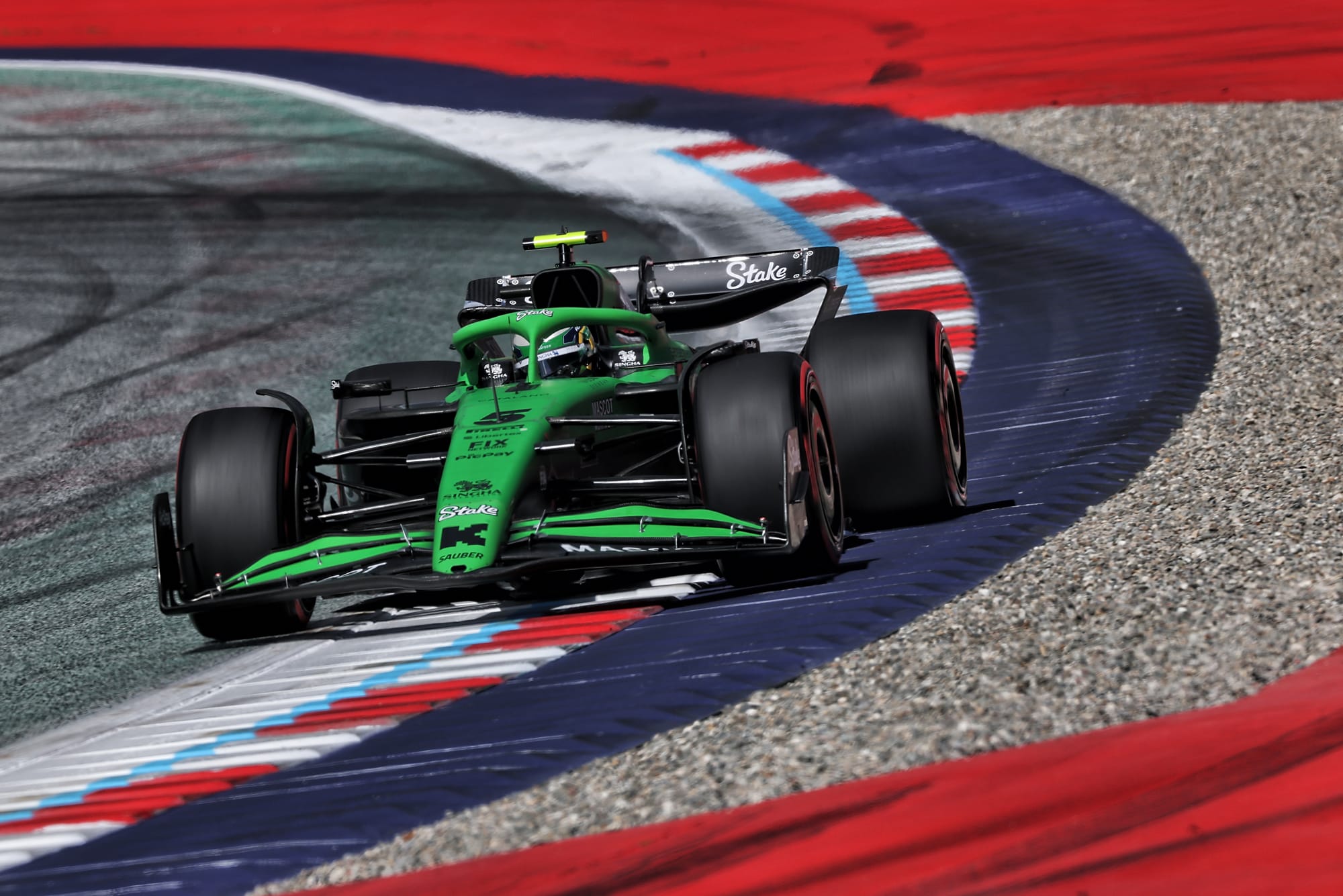
Yet in qualifying overall, there's nothing to choose between the two. You could reasonably extrapolate from the season so far that Bortoleto will emerge as the quicker of the two down the line.
"It's a little bit different track by track," he says of his adaptation.
"These F1 cars are very sensitive, with the floor effect and everything. I'm still figuring out the fastest way to drive. I feel comfortable now with the car and how I'm driving it, but you're going so fast that if you brake a little bit later you can end up missing the corner completely.
"You need to nail it every single time and do a perfect line to keep it on track."
There's no one-size-fits-all approach, as Bortoleto has discovered when it comes to the braking approach.
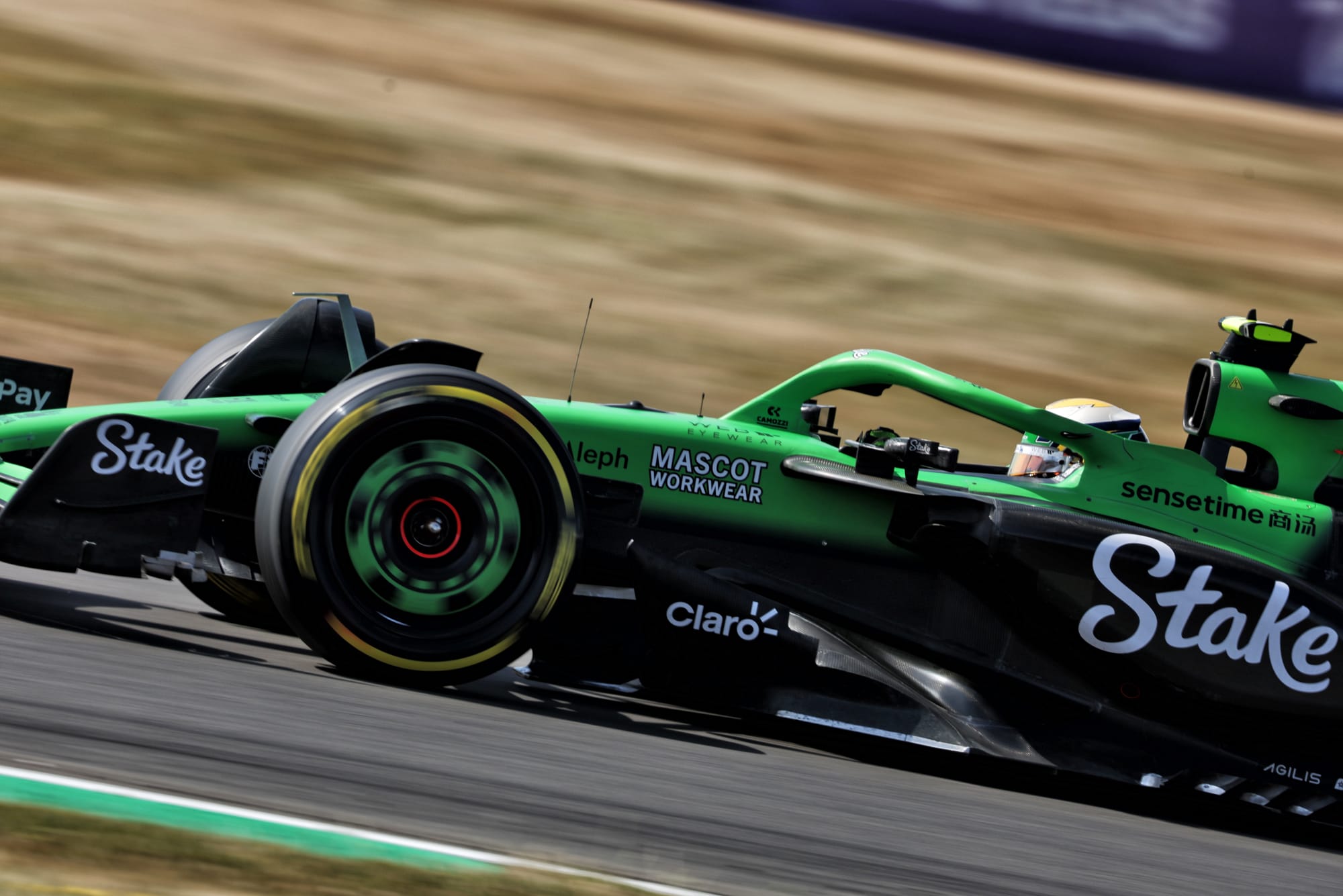
"It depends on the track, on the corner," he says when asked about the need to brake earlier to stabilise the platform.
"There's corners that are better the way you explained, and there are corners that actually are the opposite because it's how you want to approach and want the platform to be positioned.
"Also, it's a bit of driving style as well, there is no right or wrong. You need to nail it and not unsettle the car too much, not make it too drastic."
Bortoleto has spoken of his admiration of Max Verstappen's style, which he describes as "very smooth, but at the same time he's really attacking the corners".
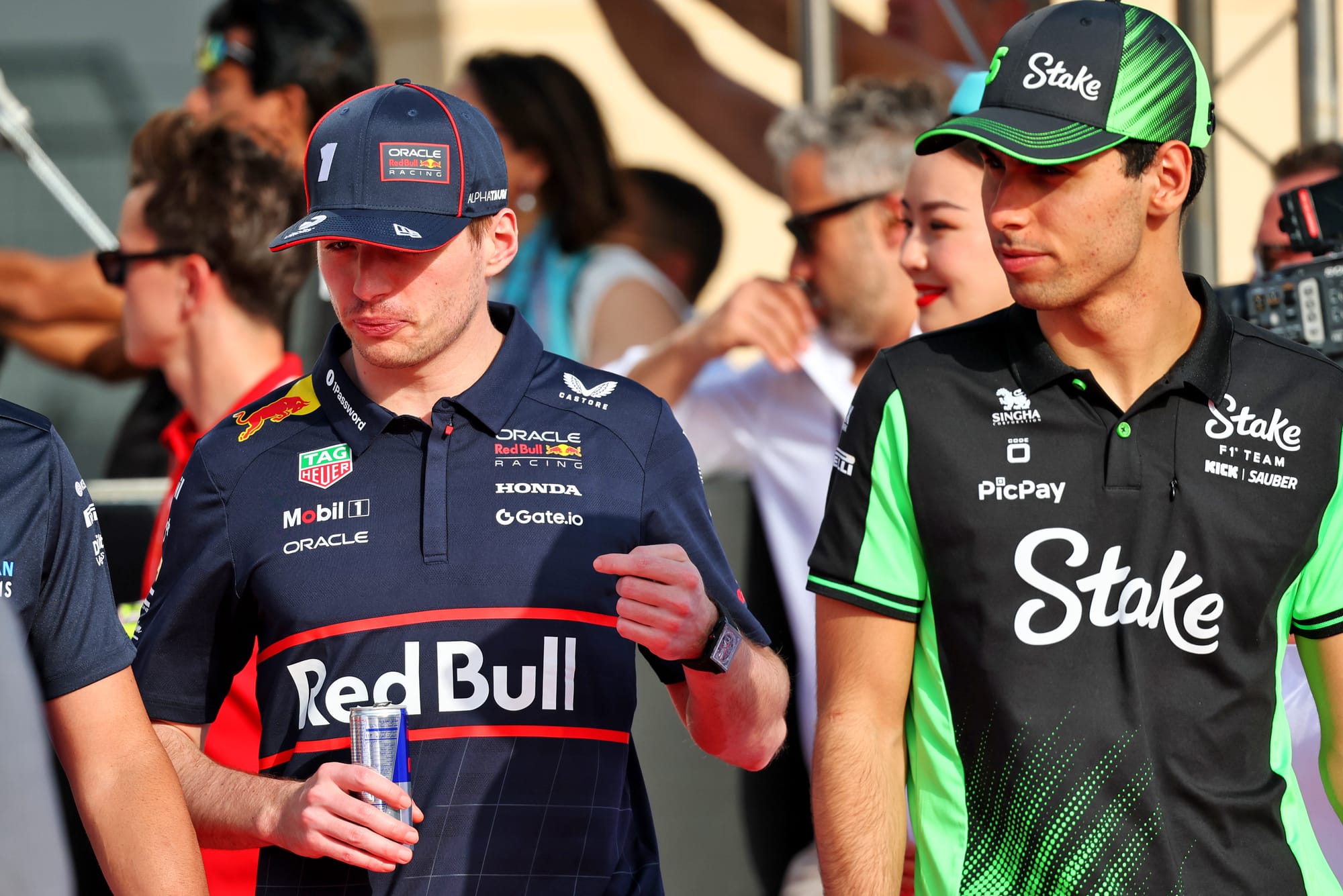
What's striking about Bortoleto is there's no hint of complaint about the demand of the cars, that he'd be quicker if it would respond to a notional default style. It reveals a key trait: openness to adapting, which is one of the key qualities of any top driver.
"I want to be the most complete driver," he says.
"I don't want to be a driver that has one driving style because I don't think this is right. You should adapt to the condition you have.
"Obviously there is a driving style that is more suitable to yourself and what's natural, but I want to become a driver that can change my approach for every single corner of the track, drive with a different technique, hitting the brakes in a different way, applying the throttle in a different way, attacking the corner more, attacking the corner less.
"That's what I want to become one day, a driver that is able to do all these things. I'm making steps in this direction. Still, sometimes there is a corner I lose because I try to do it in my natural way.
"You have data, you learn, you try to copy and do better but the most difficult part about being a racing driver is to be that complete.
"In my life, I've not seen many drivers being able to do that. And the ones I've seen, they are all world champions.
"So there are drivers like Max Verstappen, a driver that is able to use so many techniques in a single lap that it's unbelievable. It's impressive, and it's not easy at all to be at this level."
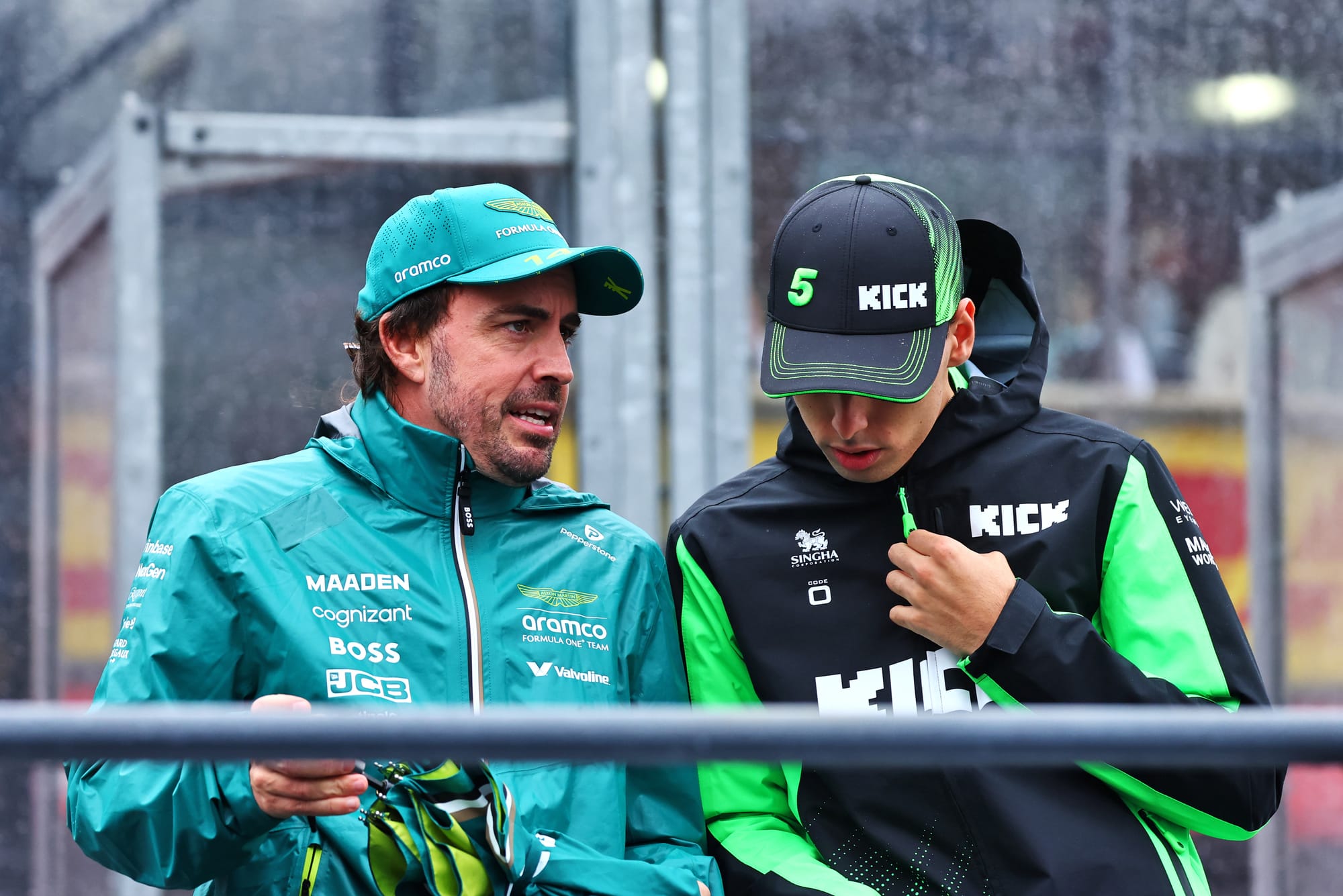
Bortoleto has been part of Fernando Alonso's A14 Management stable since 2022, and his words apply to the Spaniard as much as they do Verstappen.
But his own adaptability has been tested by a Sauber C45 that started off difficult to drive, and remains so despite significant improvement. It's now less peaky with a more consistent through-corner balance and that's helped Bortoleto to take a step in recent races. He's shown he can handle a reasonably wide range of characteristics.
In discussing the skillset Verstappen exemplifies, Bortoleto underlines the fact he's every bit the modern driver as he cites the role of sim racing when it comes to building tolerance of greater rear instability.
That skill is a valuable weapon, one that can turn a good driver into a great one thanks to mastering a responsive, but for some too unstable, car.
"I don't mind a pointy car, a car that is quite on the neutral side - I quite like it," says Bortoleto.
"I would say my driving goes more in this direction of having the rotation. Sim racing goes a bit in the direction of pointy cars, cars that are very difficult to drive and everything, so I'm used to driving that type of car, ones that are sometimes much more difficult even than an F1 car."
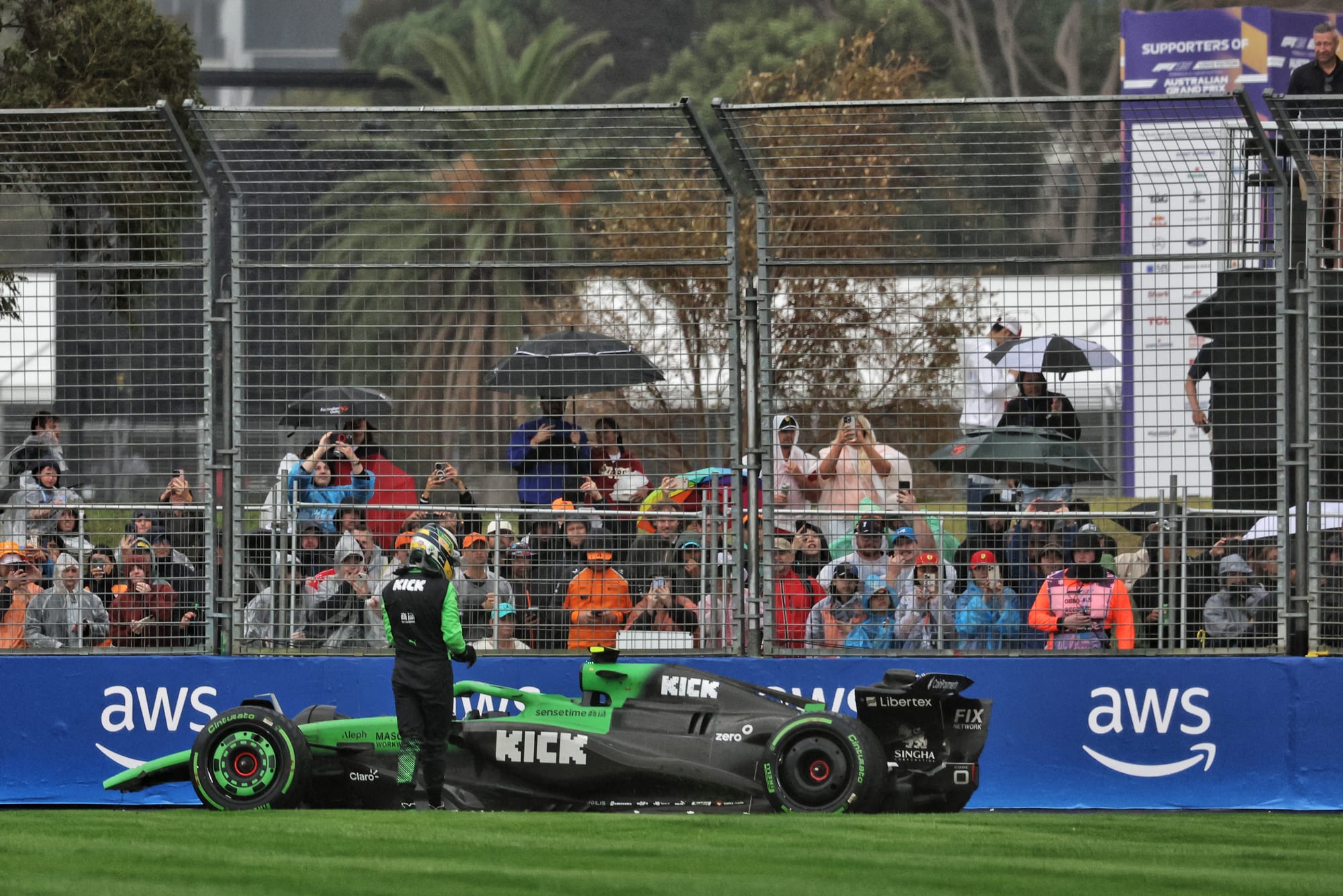
Bortoleto's race performances have often been much better than the numbers suggest. But there have been errors; as well as Silverstone, he also dropped it in the wet on debut in Australia and hit the wall while trying to hang on around the outside of Antonelli at Portier at Monaco.
With the car particularly unstable in turbulent air before the Spain upgrade, he also spun on the first lap in China "because I crossed the dirty air of Bearman".
There have also been weekends such as Miami, where an engine problem ended a promising race prematurely, or the Spanish GP, where Hulkenberg's startling fifth place made Bortoleto's 12th look poor.
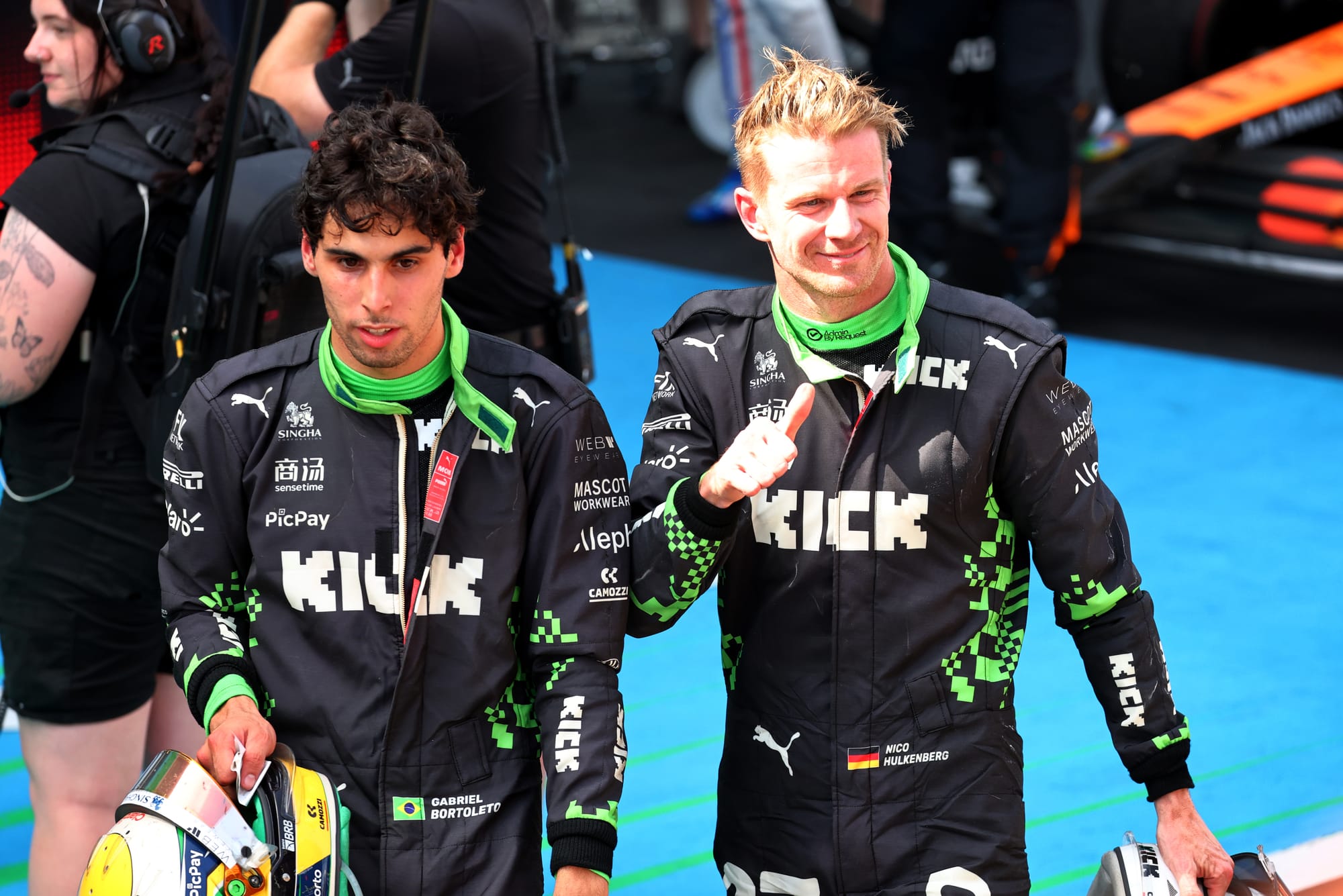
The raw numbers ignore the fact that Bortoleto outpaced Hulkenberg by a tenth-and-half and ran with Hulkenberg in the first stint. But for running a long opening stint on the same soft Pirellis his team-mate started on (19 laps compared to nine), he would have scored as well.
"In Spain, I did a very good job," says Bortoleto. "There are things I could have done better, but I maximised FP1 and FP2 and only went for the upgrade in FP3.
"It was the biggest upgrade this year and immediately I managed to adapt and do a good quali, so I would say it's a great weekend. But because I didn't score points, maybe I didn't stand out so much.
"Austria was my best weekend this year, not only for the result, but for the consistency I had.
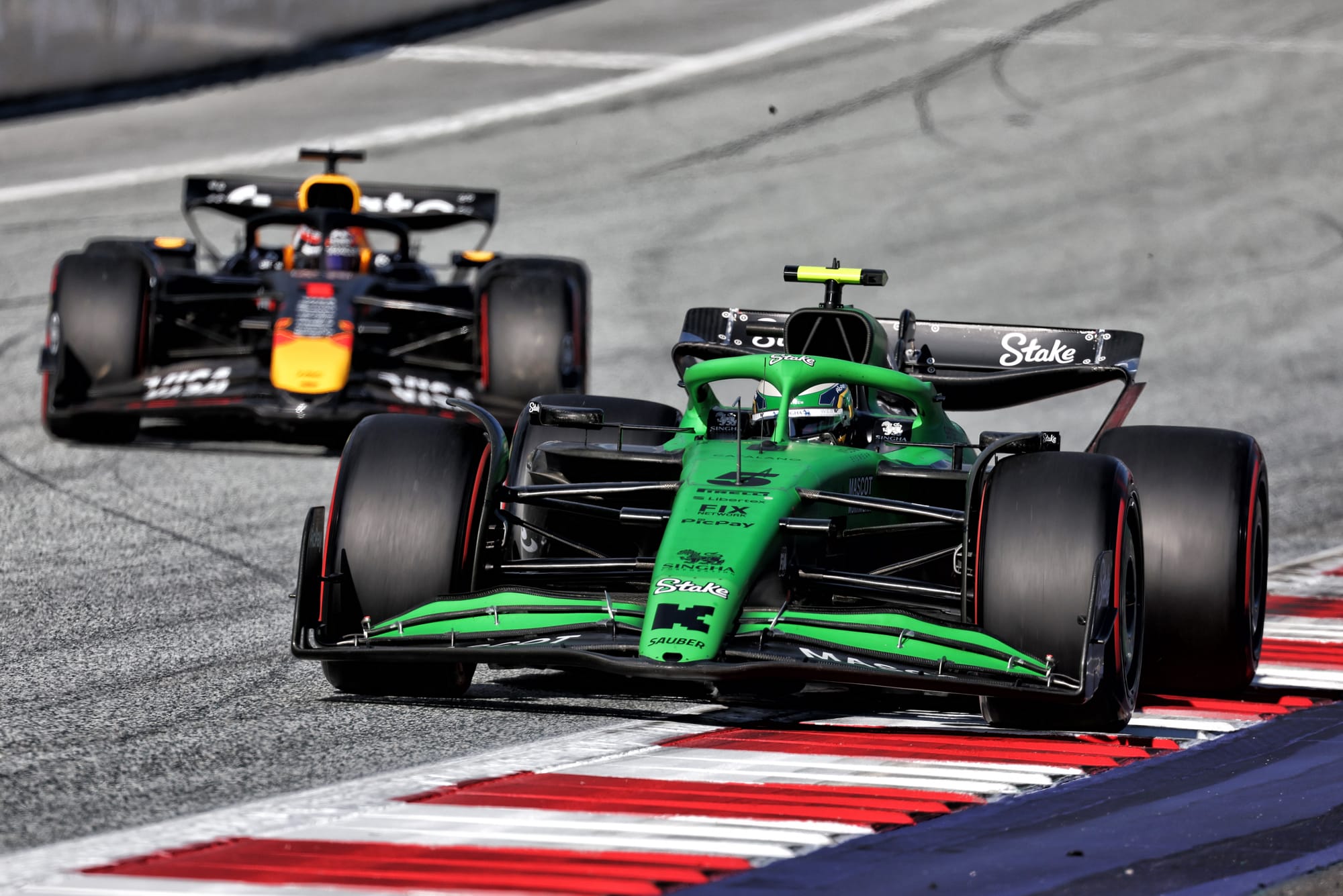
"In the top 10 and maximising every lap, every new tyre, the approach I had with the engineers and the car, and hopefully I can keep going like this. Don't get me wrong, maybe I have a weekend where I don't score points and I will not be on top, but it's still one of the best weekends because I've had a different approach, and I've been able to set up the car in a way I wanted.
"We need to develop as a team, as a crew - engineer, drivers, everything - but sometimes we need to go through difficult weekends.
"Montreal was a difficult one, because I think I was doing a very good job in free practice but in quali I didn't manage to maximise everything, and that was a bit of a slap in my face. And maybe I didn't set up the car in the way I needed to for the race, so I really struggled on Sunday. But it was needed for my learning.
"We learned so many things that weekend that when we went to Austria, I think we maximised everything we had."
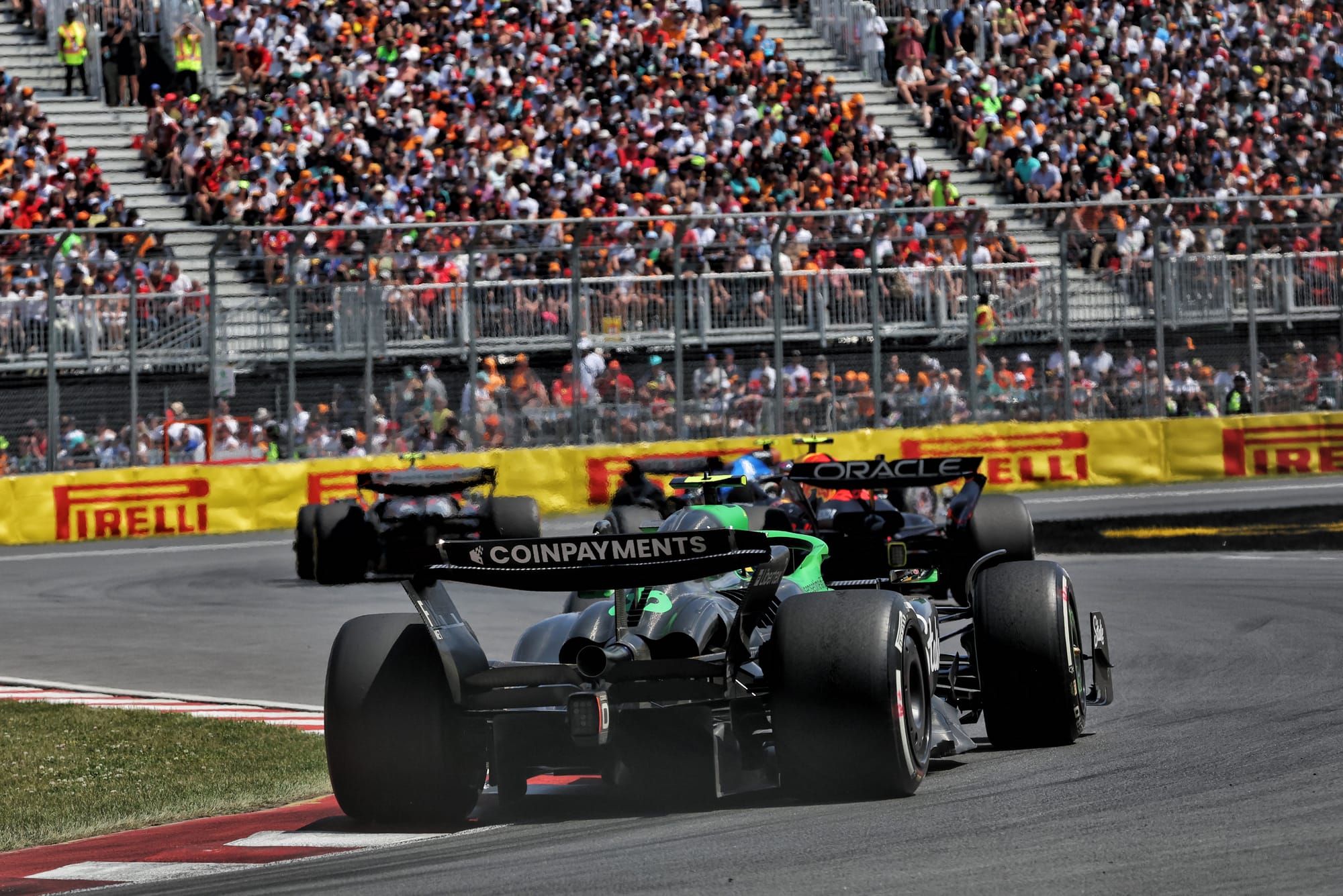
That tells you much about Bortoleto's approach. He's confident to the point where he can come across as arrogant, but he has that in common with the vast majority of F1 drivers.
He's proven the raw speed is there, albeit the jury is still out on exactly how fast he is, and he'll continue to refine that and learn how to deploy it more consistently, but he's also demonstrated the capacity to evolve as a driver. That's going to be crucial given his long-term deal with Sauber that should take him well into the Audi era.
The steepness of the learning curve should never be underestimated, even though young drivers are in many ways better-prepared than ever before.
Bortoleto recognises how much he still has to learn about being a focal point for so large a team. He's even frustrated by not yet being across every single detail.
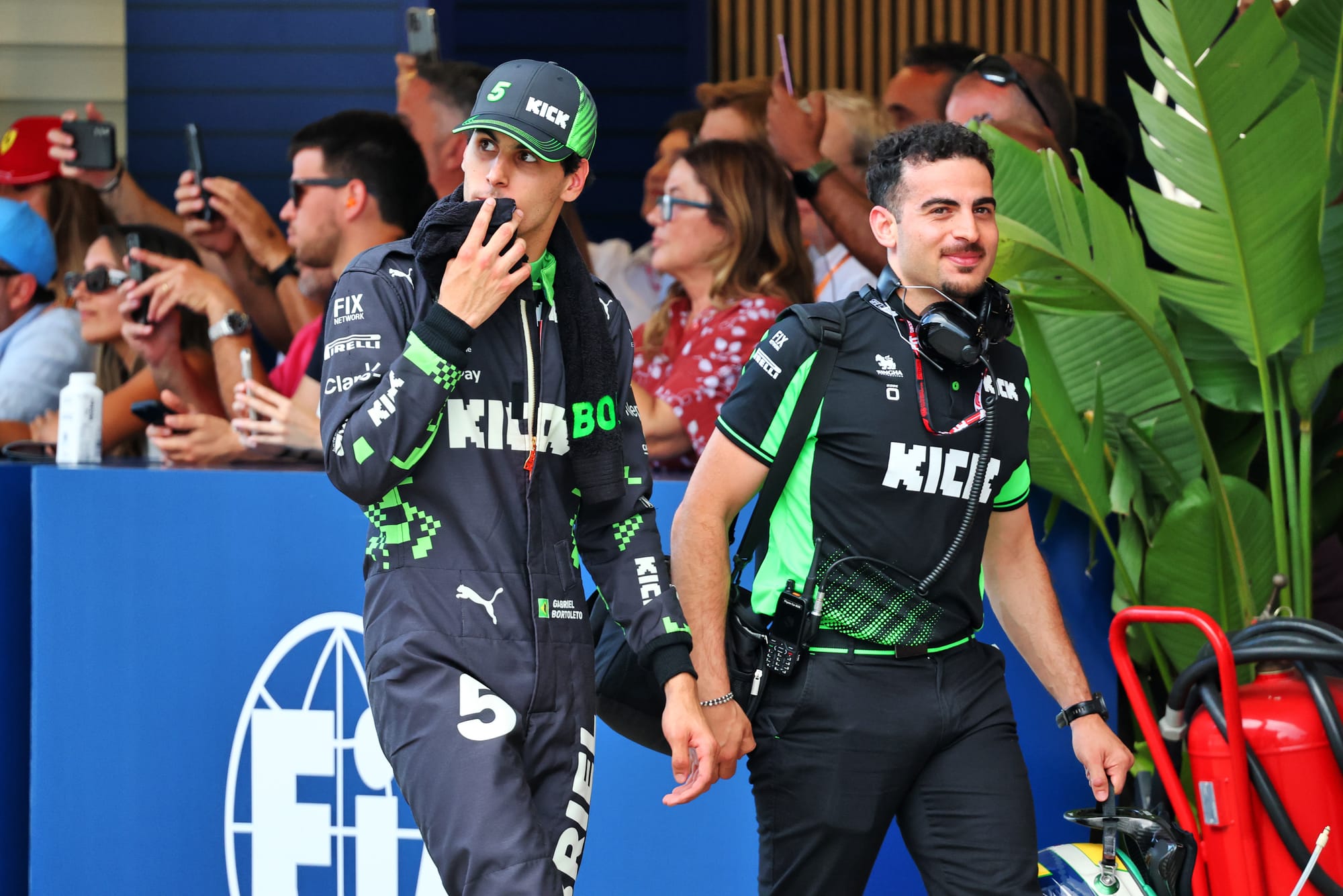
"It'ss very different," he says. "In F2, you have one guy doing a lot of things; in F1 you have one doing a lot of things and he's the best, focused on that thing.
"You need to learn how to work with every single person, how to speak to them, how to give the best feedback possible. It's not the easiest thing, because everyone is a bit different.
"I've been pushing a lot to grow in that sense and to be able to give the best feedback I can, and to be the most involved possible.
"But sometimes you feel like I can still be a bit more involved in this area I've been leaving on the side, or this or that. Sometimes, we cannot cover it all and that's not the easiest thing because I'm a guy that always wants to be on top of everything, and I feel like sometimes I'm not and I feel bad for it.
"But that's F1 and you need to maximise what you have."
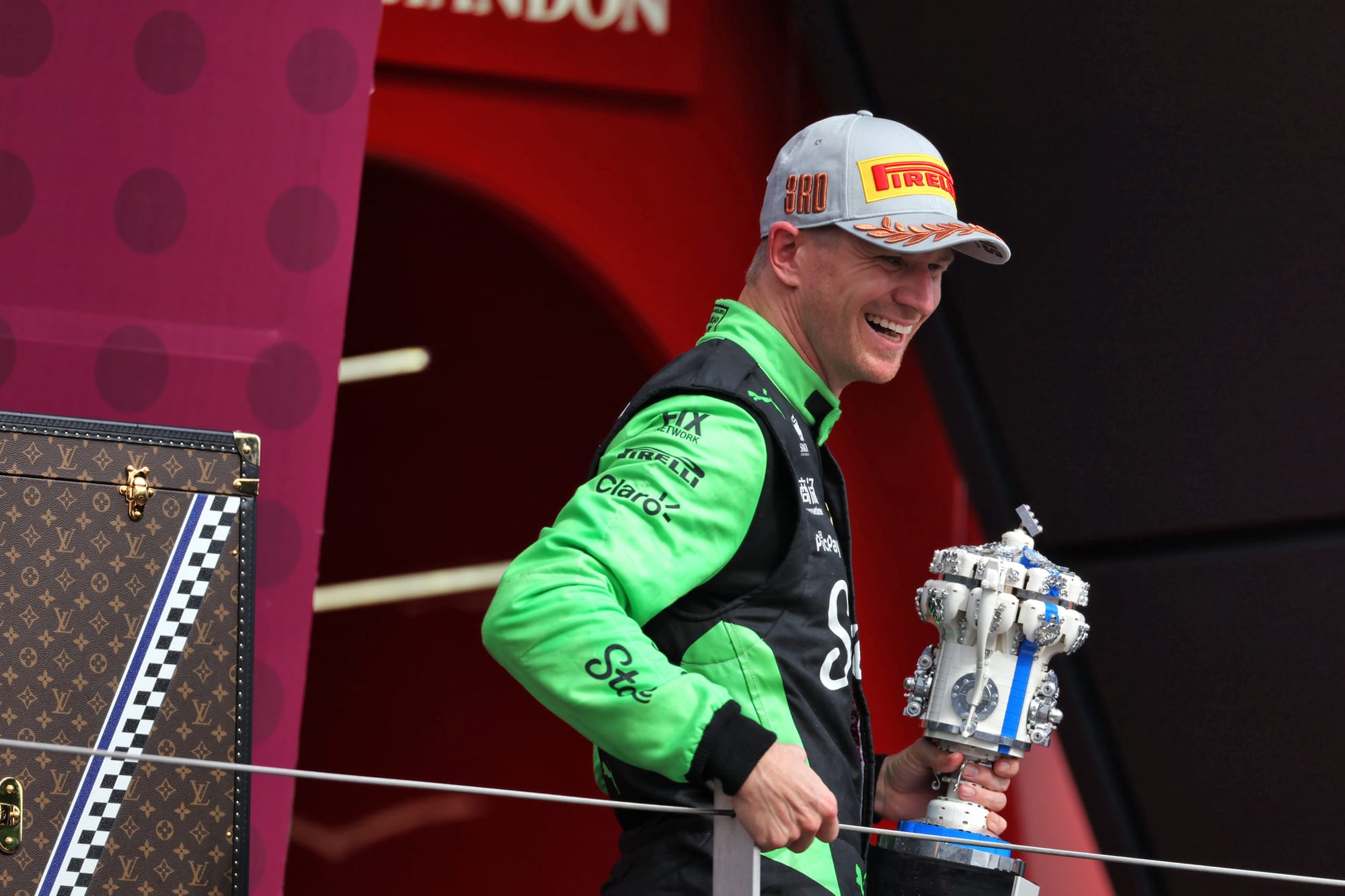
There's a good example for Bortoleto in achieving that across the garage from him in Hulkenberg, who brings experience that can be learned from.
Bortoleto talks of the clarity of Hulkenberg's process in terms of what he wants to achieve in his run plans, the tyre treatment - "this is what experience brings you", he says - and that again speaks well of his capacity to continue to improve.
Bortoleto has the air and, in many ways, the demeanour of a driver who is more mature than his 20 years. That perfectly encapsulates his character as someone who is impatient to build up the kind of battle-hardened experience that will allow him to fulfil his F1 potential.
Given what we've seen so far, and Sauber's startling improvement, it's difficult to imagine he will be so unobtrusive for the rest of the campaign.


